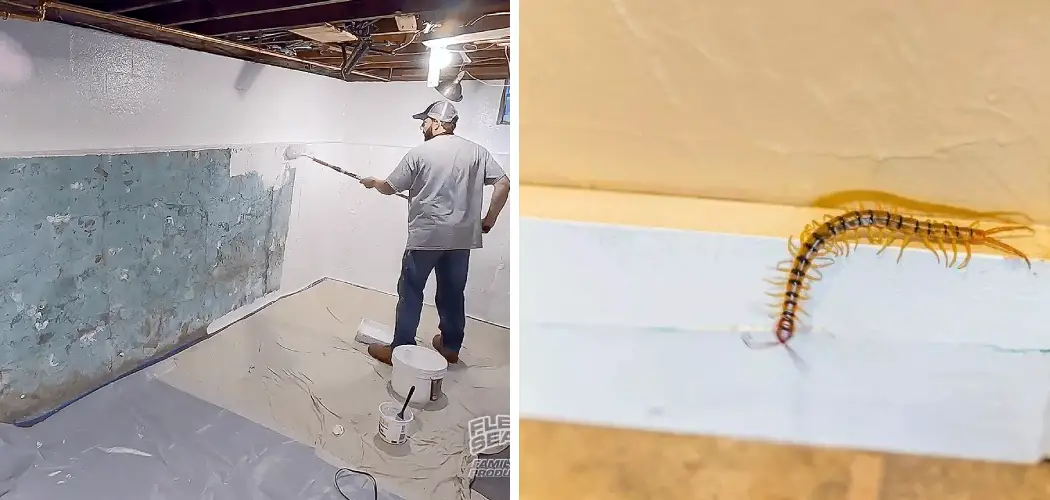Do you have a basement and live in an area where bugs are common? If so, then you must take steps to seal your basement from bugs. Doing so can help keep these pests out of your home and keep yourself and your family safe. There are several different methods that you can use to seal your basement from bugs. This article will discuss some of the most effective methods for how to seal basement from bugs. Keep reading to learn more.
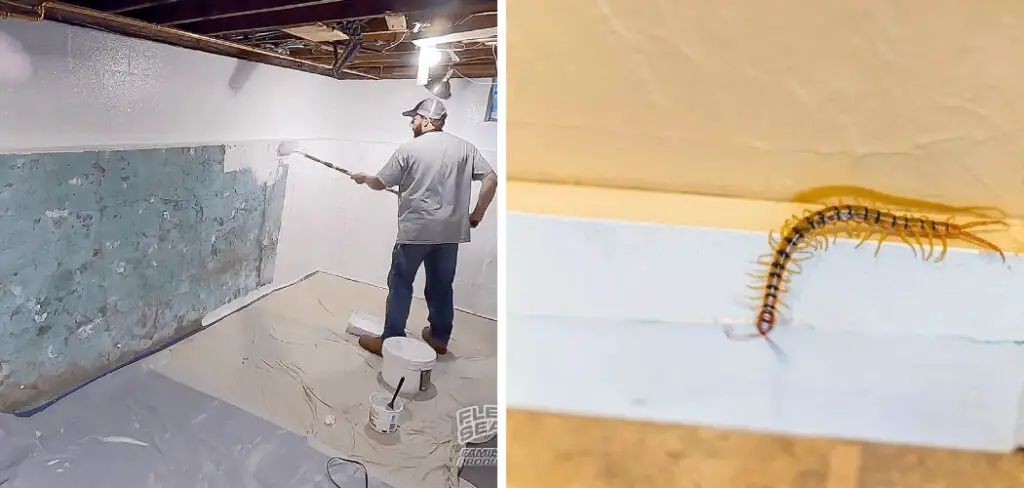
What Causes Bugs to Enter Basements?
There are many reasons why bugs might enter your basement. The most common reason is that they are looking for food or water. This is especially true for cockroaches, ants, and water bugs. If there is any food or water source in your basement, then these pests will be attracted to it.
Another reason why bugs might enter your basement is because they are looking for a place to hide from the cold. In the winter, bugs will enter homes through cracks and crevices in order to find a warm place to stay. Once they are inside, they will often make their way to the basement, where it is typically warmer. Additionally, some bugs are attracted to the darkness of basements and will enter homes in search of a dark place to hide. The other main reason why bugs enter basements is that they follow a pheromone trail that other bugs have left. Lastly, some bugs, such as millipedes and centipedes, enter homes searching for mates.
Why It’s Important to Seal Your Basement From Bugs
It is important to seal your basement from bugs for a few reasons. The first reason is that some bugs, such as cockroaches, can carry diseases. If these pests enter your home, then they could contaminate your food and water sources with these diseases. Additionally, some bugs, such as water bugs, can bite humans. These bites can be painful and may even lead to infection.
Another reason why it is important to seal your basement from bugs is that these pests can damage your belongings. For example, cockroaches and water bugs are known for chewing through clothing, books, and other items. Some bugs, such as moths, can also lay eggs in your belongings. These eggs will hatch, and the larvae will eat away at your belongings, causing further damage. Finally, some bugs, such as silverfish, create pheromone trails that attract other pests. Therefore, if you have a silverfish infestation in your basement, you could also end up with an infestation of other pests.
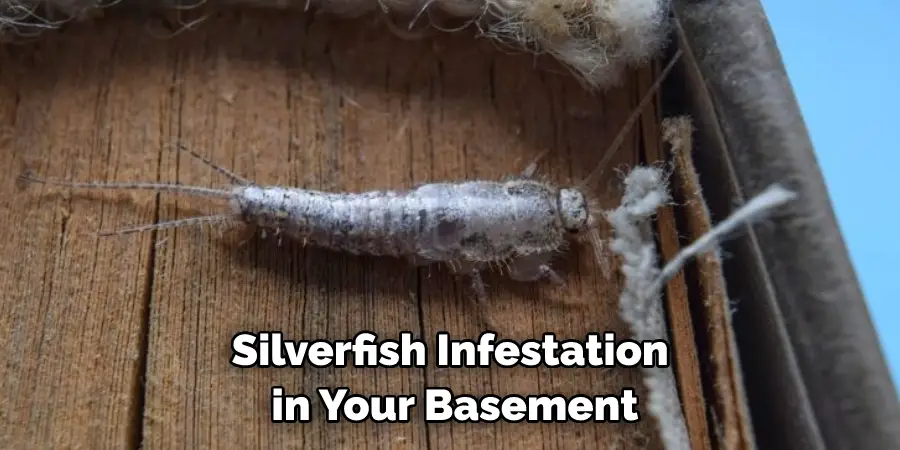
Some Easy Ways How to Seal Basement From Bugs
1. Use a Caulking Gun
One of the most effective ways to seal your basement from bugs is to use a caulking gun to seal any cracks or crevices in your walls or floors. This will help to prevent bugs from entering your home through these small openings. First, use a caulking gun to ensure that the area is clean and dry. Next, insert the tip of the caulking gun into the crack or crevice. Slowly squeeze the trigger until the caulking gun is full. Then, smooth out the caulking with your finger to ensure that there are no gaps. If there are any gaps, bugs can enter through them. Avoid caulking over electrical outlets and switches.
2. Use Weather Stripping
Weatherstripping is another effective way to seal your basement from bugs. This method will help to fill in any gaps or cracks around doors and windows. You can purchase weatherstripping at most hardware stores. First, clean the area around the door or window with soap and water. Next, cut the weatherstripping to size and apply it to the door or window. Make sure to press it firmly into place. Finally, use a caulk gun to apply sealant around the weatherstripping. This will help to create a barrier that bugs cannot penetrate. Avoid using latex-based sealants, as they can degrade over time.
3. Install Door Sweeps
Door sweeps are an effective way to seal gaps at the bottom of your doors. This will help to prevent bugs from entering your home through these openings. You can purchase door sweeps at most hardware stores. First, measure the width of your door. Then, cut the door sweep to size using a utility knife. Next, attach the door sweep to the bottom of the door using screws. Finally, close the door and check to ensure the sweep makes good contact with the floor. If not, you may need to adjust the screws. Avoid using door sweeps that are made of plastic, as bugs can easily chew through these.
4. Apply Sealant
Applying sealant to your windows is another effective way to keep bugs out of your basement. This is because sealant creates a barrier that bugs cannot penetrate. In addition, sealant will help keep moisture out of your basement, which can attract bugs. To apply sealant, clean the surface of your window with a cloth. Then, apply a thin sealant layer to the window using a brush or roller. Allow the sealant to dry for 24 hours before opening the window. Avoid using caulk to seal your windows, as this can be difficult to remove if you ever need to replace the window.
5. Use Spray Foam Insulation
Spray foam insulation is an effective way to seal your basement from bugs. This is because spray foam insulation expands to fill any gaps or cracks in your basement, creating a barrier that bugs cannot penetrate. In addition, spray foam insulation is also effective at insulating your basement, keeping it cooler in the summer and warmer in the winter. To apply spray foam insulation, you will need to purchase a can of spray foam insulation from your local hardware store. Next, using a caulking gun, apply the spray foam insulation to any cracks or gaps in your basement. Be sure to follow the manufacturer’s instructions carefully. Once the spray foam insulation is dry, your basement will be sealed from bugs.
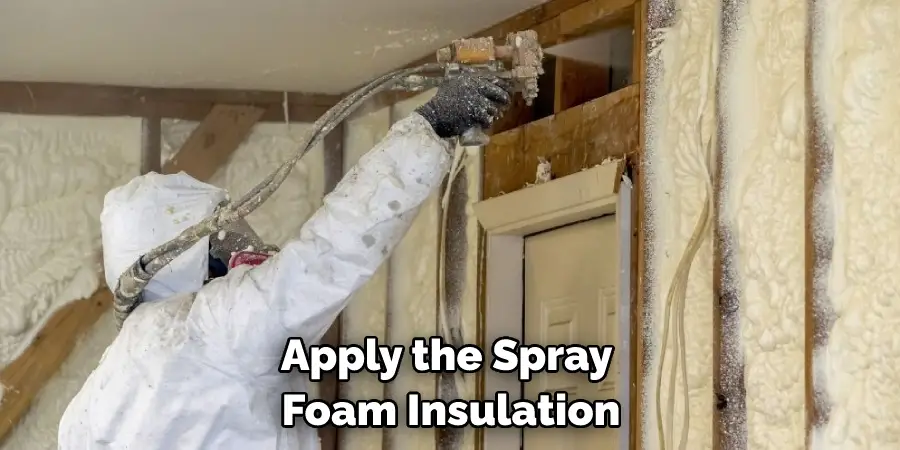
6. Use Window Screens
Window screens are an effective way to keep bugs out of your basement. This is because they provide a physical barrier that bugs cannot penetrate. In addition, window screens also allow you to keep your windows open while still keeping bugs out. To install window screens, measure the windows in your basement and purchase screens that are the right size. Then, use a screwdriver to attach the screens to the windows. If you do not want to use window screens, you can also use weather stripping to seal off any gaps around your windows.
7. Use a Door Curtain
A door curtain is a simple and effective way to keep bugs out of your basement. Door curtains provide a physical barrier that bugs cannot cross. Additionally, door curtains are easy to install and can be purchased relatively cheaply. First, measure the door opening to determine what size curtain you need. Next, purchase a door curtain that is slightly larger than the opening. Finally, install the door curtain according to the instructions. Avoid using plastic door curtains, as these can become brittle and break over time.
8. Hire an Exterminator
If you have tried all of the methods above and you are still having problems with bugs in your basement, you may need to hire an exterminator. Exterminators are professionals who will be able to identify the type of bug that is infesting your basement and determine the best course of action for getting rid of them. In most cases, the exterminator will use a pesticide to kill the bugs.
You Can Check It Out to Sealing a Basement Floor Reduce Radon
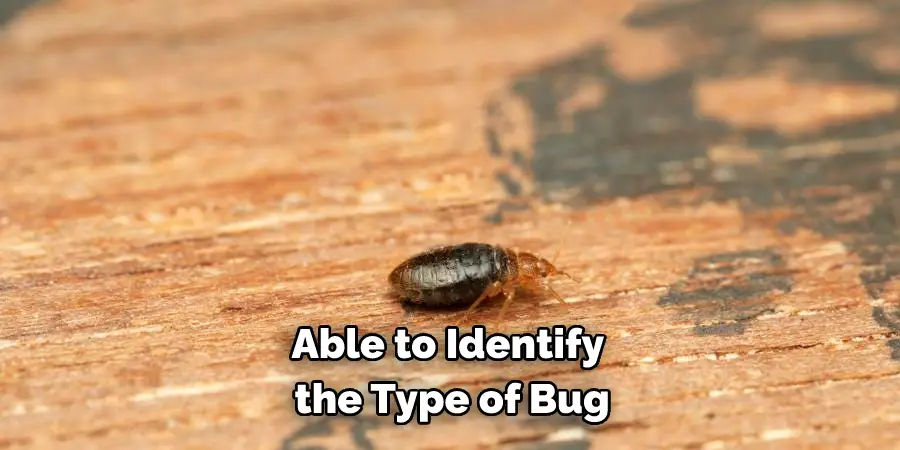
Tips and Warnings on How to Seal Basement From Bugs
Tips:
- Inspect the basement for any cracks or holes that may be present. These need to be sealed to prevent bugs from entering.
- Use a high-quality caulk or sealant to fill any cracks or holes.
- If you have any gaps around doors or windows, be sure to seal these as well.
- Make sure to keep the area clean and free of clutter to prevent bugs from having places to hide.
- Be sure to check the area for any signs of new infestations regularly.
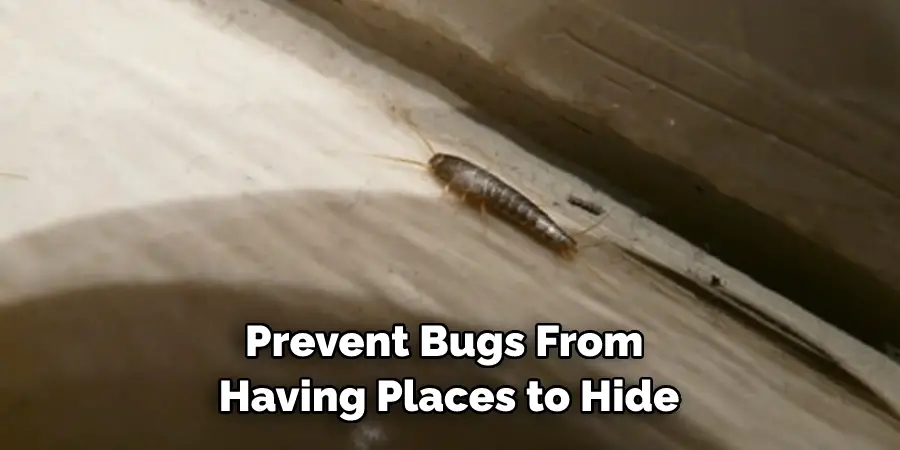
Warnings:
- Avoid using plastic door curtains, as these can become brittle and break over time.
- Do not use caulk to seal your windows, as this can be difficult to remove if you ever need to replace the window.
- Do not use spray foam insulation if you have asthma or are allergic to the fumes. If you must use it, be sure to wear a mask.
You Can Check It Out to Get Rid of Bugs in Basement Naturally
Conclusion
So there you have it! These are eight effective methods for how to seal basement from bugs. By following these tips, you can keep your basement free of bugs and make it a more comfortable place to be. With a little bit of effort, you can enjoy your basement without having to worry about bugs. Thanks for reading!
You Can Check It Out Clean Wet Carpet in Basement

